Tag: Southside Railroad (SS)
Wikipedia says: The Southside Railroad was formed in Virginia in 1846. Construction was begun in 1849 and completed in 1854. The 5 ft (1,524 mm) gauge railroad connected City Point, a port on the James River with the farm country south and west of Petersburg, Virginia, to Lynchburg, Virginia, a distance of about 132 miles (212 km).
The Southside Railroad was important to the Confederate States of America during the American Civil War (1861–1865). Ravaged by the war, it was rebuilt and later became an important part of Norfolk and Western and Norfolk Southern’s coal route from the mountains to port at Hampton Roads. In addition to coal, most of the route is in active use in the 20th century for intermodal container and automobile parts and completed vehicle shipments.
The charter for the new Southside Railroad was issued by the State of Virginia in 1846 with 1 million dollars of capital. The State of Virginia gave all of its stock in the Petersburg Railroad to the City of Petersburg for the construction of the Southside Railroad. The stock was given on the condition that construction must start in three years or the stock would revert to the State.
The new board of directors began directing the extending of the line to Lynchburg to make a junction with the Richmond and Danville Railroad. The board purchased four and a half thousand tonnes of iron from England to be paid with cash and delivered by ship to City Point. They also purchased 20,000 sills, railroad ties, made of trees which resisted rot, Juniper, American chestnut and Post Oak to be delivered to the wharf. The board purchased land to build a depot. They hired an engineering team with one chief engineer, six assistant engineers and 17 enslaved Africans. To grade and build the whole line, they hired 16 contractors, each outfitted with a wagon, carts, teams of horses and the employ of almost 800 laborers in total. The city of Petersburg put forward over $400,000 and 44 investors invested $14,000. The City of Farmville bought a subscription of $100,000. Individual investors bought $150,000 dollars worth of stock. The company could begin grading and building the railroad to Lynchburg.
Construction began from the eastern end in 1849, reaching Burkeville and a connection with the Richmond and Danville Railroad in 1852. (The latter was still also building east-to-west, but had been completed east to Richmond.)
Following a more circuitous route through Farmville in response to financial incentives from the community, the railroad constructed the famous 21 span High Bridge across the Appomattox River valley about 6 miles (9.7 km) east of Farmville. The structure was 2,400 feet (730 m) long and as high as 117 feet (36 m) in the center, one of the largest in the world when built.
The Southside Railroad was completed to Percival Island across the James River from Lynchburg in 1854.
Also in 1854, the Southside Railroad acquired the 9-mile (14 km) long City Point Railroad. It had been purchased by the City of Petersburg in 1847, and renamed Appomattox Railroad. Paralleling the Appomattox River from Petersburg to its confluence with the James River at City Point, the City Point Railroad provided an ideal link for the Southside Railroad to reach a deep water steamship connection on the navigable portion of the larger river.
American Civil War
The Southside Railroad from Petersburg west was a vital resource for the Confederacy as a supply line for Richmond and Petersburg during the American Civil War (1861–1865). Beyond the lines of battle until the war’s last year, the principal damage it suffered was the financial weakness caused by Confederate compensation policies and currency. The Confederate States Army destroyed most of the rail around Petersburg. Half of the eight mile City Point Railroad, was completely removed and another two miles was beyond repair. Only two and a half miles from Petersburg was the track even salvageable.
The United States Army rebuilt it. Lieutenant General Ulysses S. Grant requested a railroad to help with supplies for the Siege of Petersburg, knowing from past experience that it would be needed. Grant empowered Mr. C. L. McAlpine, engineer of construction and repairs, to rebuild the City Point to Petersburg Railroad, as soon as the fighting moved elsewhere. McAlpine commenced operations when he arrived on June 18, 1864.
The City Point Railroad portion of the Southside Railroad was of great value to the Union forces during the Siege of Petersburg in 1864-65. General Grant used and extended it to move supplies and troops from the port at City Point to the area south and east of Petersburg, operating it as a U.S. Military Railroad. In the last year of the Civil War, the U.S. Government rebuilt ten miles of tracks, a hospital and a bakery on the Southside Railroad and rebuilt trestle bridges.
Showing 1–16 of 18 results
-
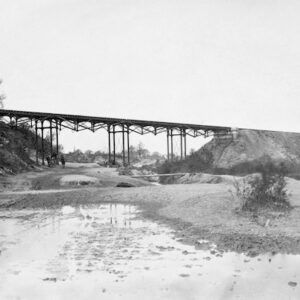
Image ID: AAID
$5.99 -
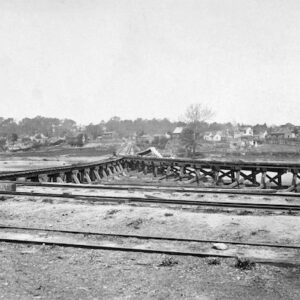
Image ID: AAIE
$5.99 -
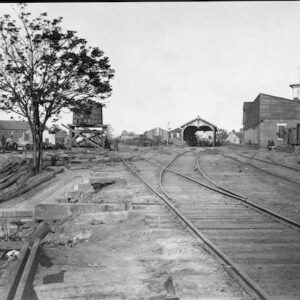
Image ID: AAJO
$5.99 -
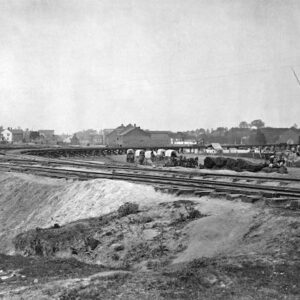
Image ID: AAND
$5.99 -
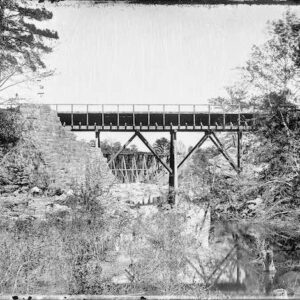
Image ID: AAOA
$4.99 – $5.99 -
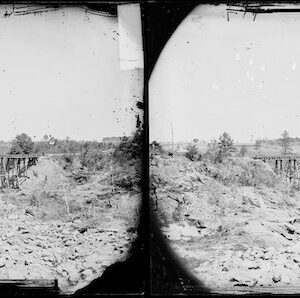
Image ID: ABDG
$3.99 -
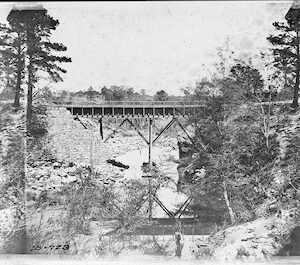
Image ID: ABGH
$3.99 -
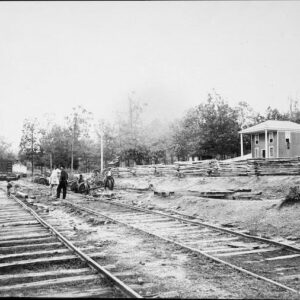
Image ID: AIMZ
$6.99 -
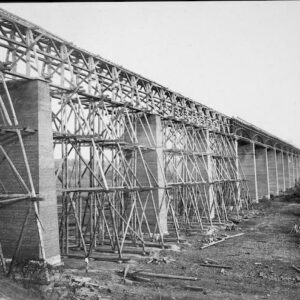
Image ID: AJBY
$6.99 -
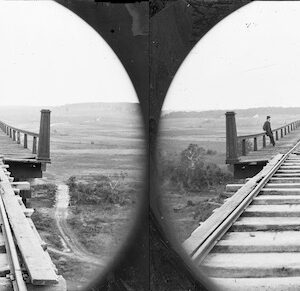
Image ID: AJCB
$6.99 -
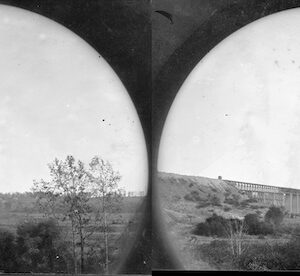
Image ID: AJCI
$5.99 -
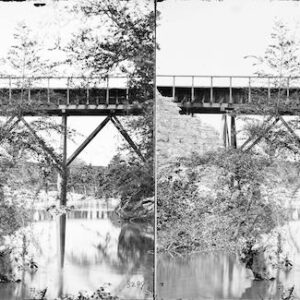
Image ID: AJEM
$6.99 -
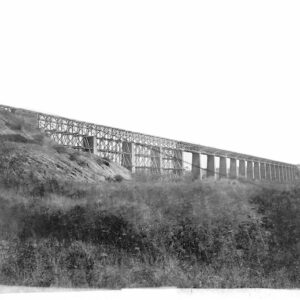
Image ID: AJHM
$6.99 -
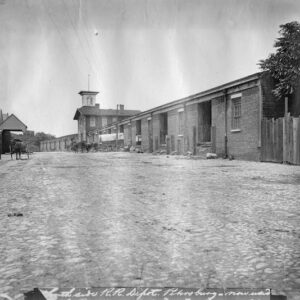
Image ID: AMWI
$6.99 -
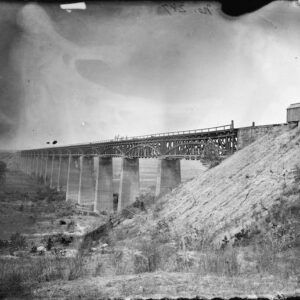
Image ID: AMYA
$6.99 -
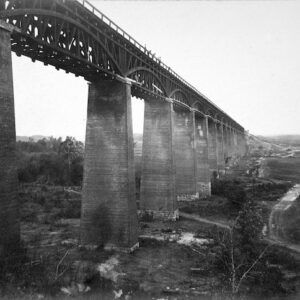
Image ID: AMYB
$6.99